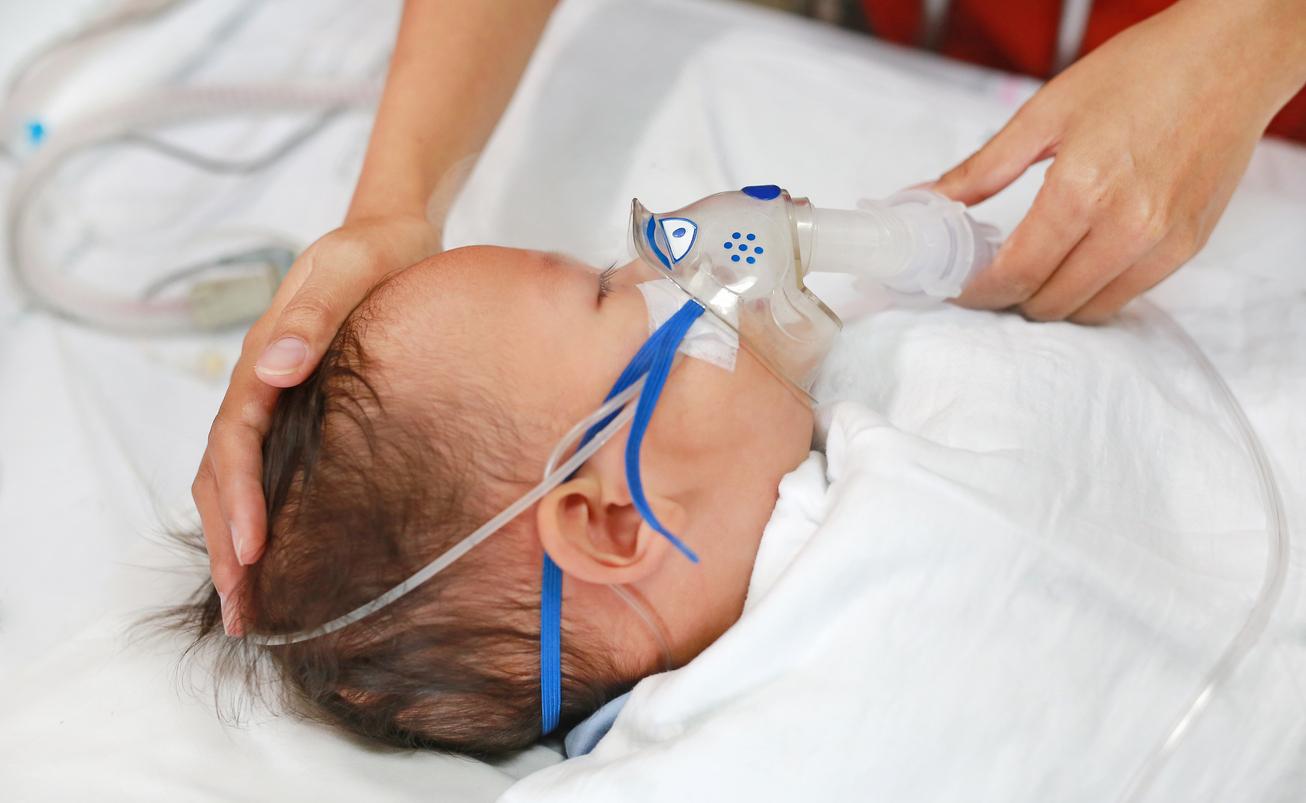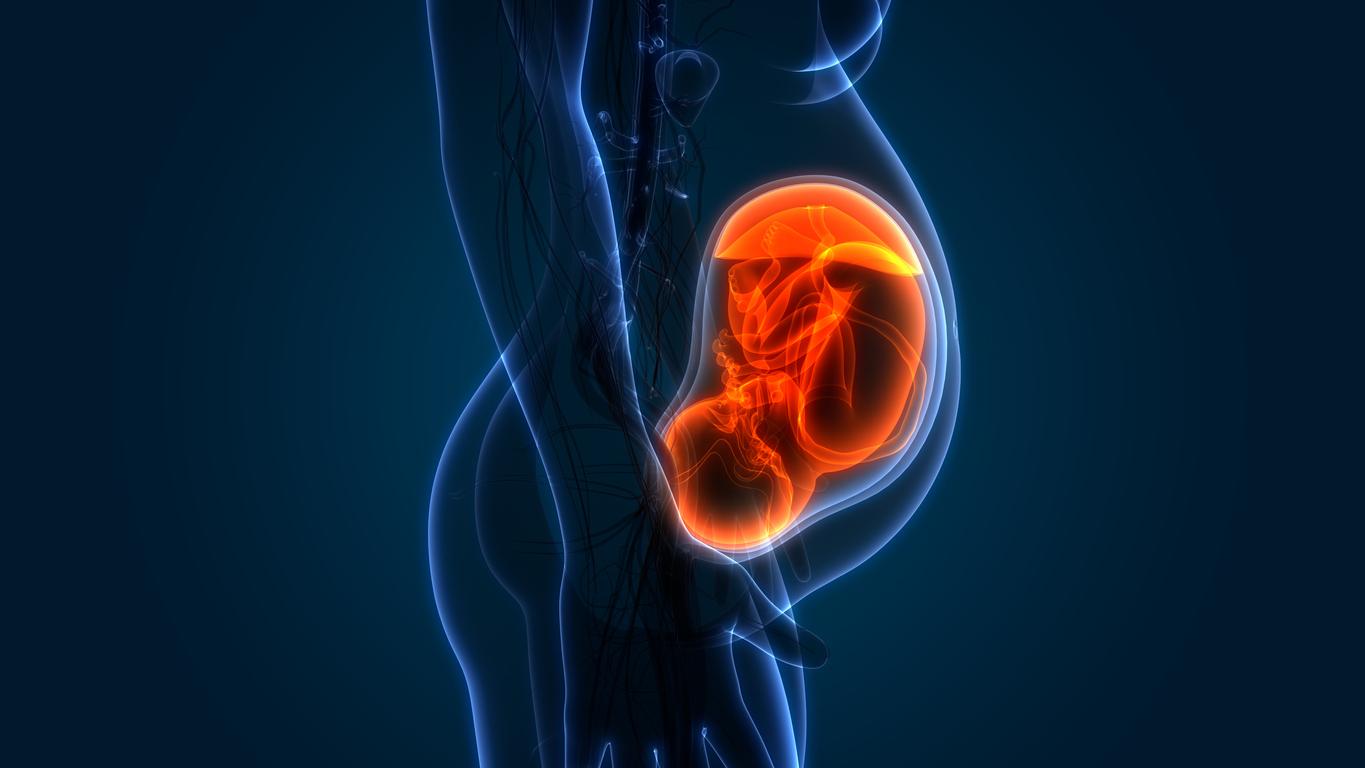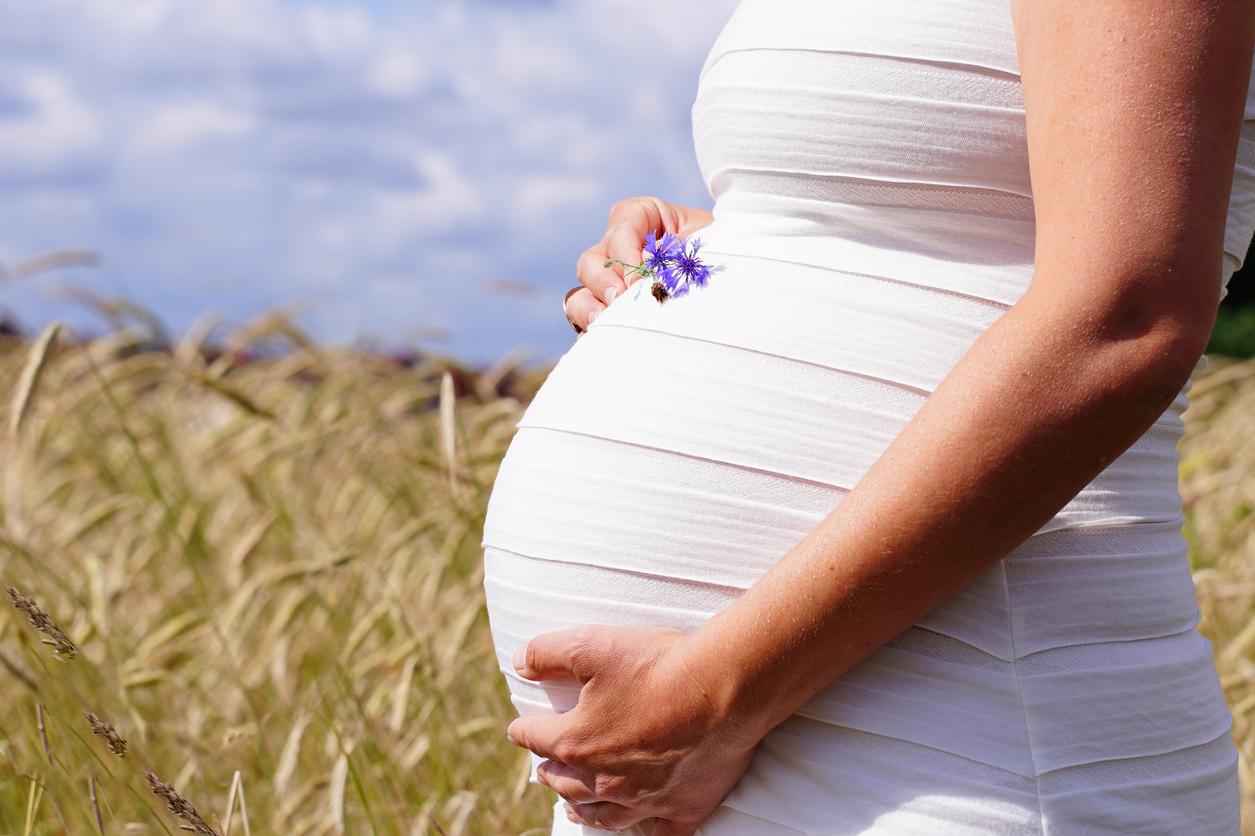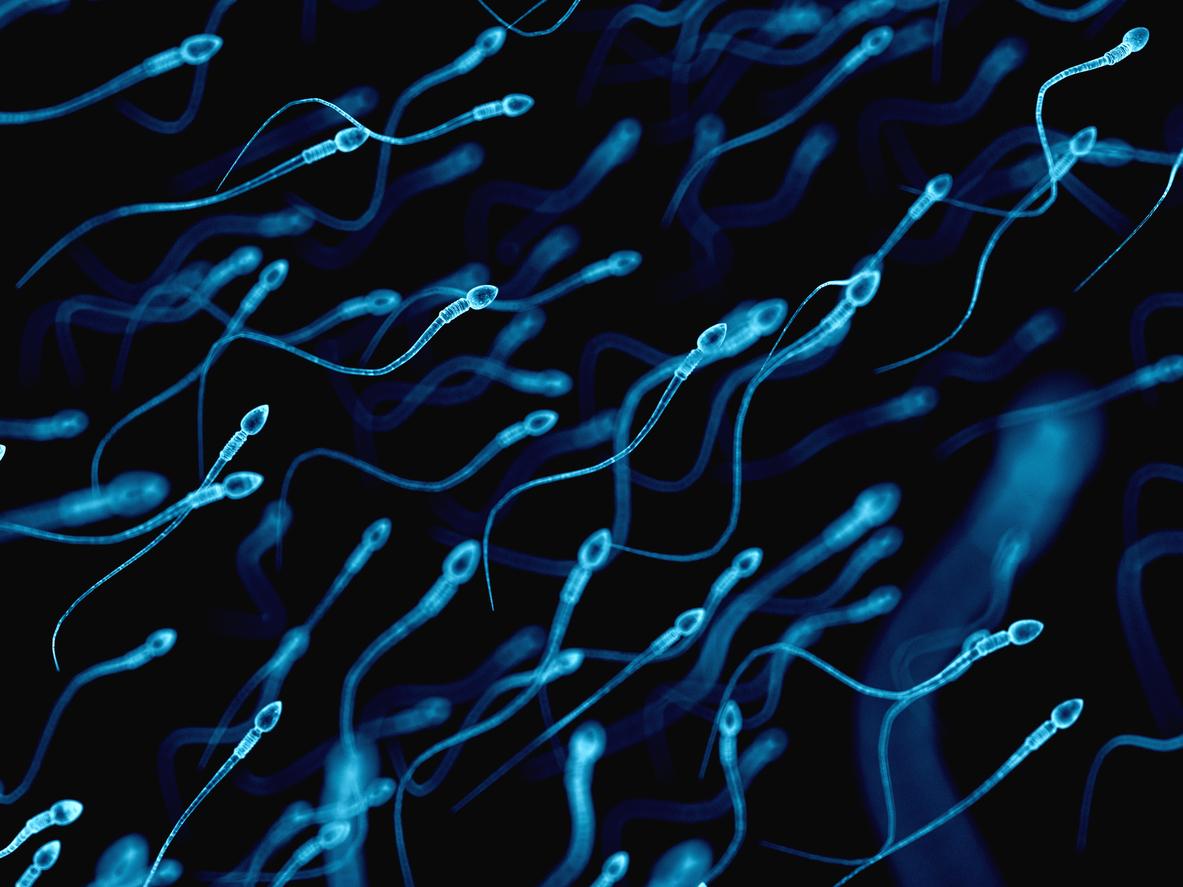British researchers have made new discoveries about the embryonic cells that form the placenta.
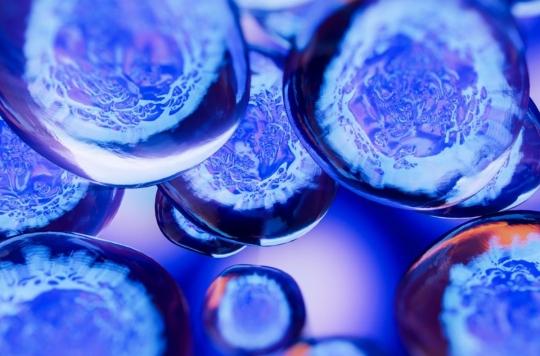
- The cells that allow the attachment of the embryo to the uterus can be renewed
- The cells that allow the attachment of the embryo to the uterus can regenerate
- The discovery of this mechanism makes it possible to imagine new treatments against miscarriages and infertility
We still have a lot to learn about human life and especially about conception. British researchers demonstrate this once again: in the specialist journal Cell Stem Cellthey explain that they have discovered important new data on the embryo and its formation.
What is the trophoblast?
After fertilization, the embryo moves to the uterus while dividing repeatedly. The cells that surround the egg, called fibroblasts, form the trophoblast. This outer layer will then form the placenta. “Trophoblasts are essential extraembryonic cells for the maintenance of pregnancy“, specify the researchers in their study. They allow the attachment of the embryo to the uterus. In previous research, carried out on mice, the scientists had concluded that they were formed only once. These new work contradicts this conclusion.
Cells capable of regenerating
British researchers have found that human embryos can create new trophoblasts. In in vitro tests, embryonic stem cells were able to continue producing these cells. “These findings show an unexpected flexibility in the development of the human embryo, conclude the researchersand could be beneficial for treatments related to assisted fertilization“, underline the researchers. They also hope that this work will help to better understand miscarriages and infertility, thanks to the better understanding of the functioning of placental tissues.”We are really happy to discover that human embryonic stem cells can make any type of cell to produce a new embryo“, details Dr. Ge Guo, the main author of this research. “I never imagined this could be possiblesays Professor Austin Smith, co-author. This discovery changes our understanding of how the human embryo is made and what we are able to do with embryonic stem cells.”
What are the possible causes of miscarriage?
Miscarriages affect between 10 and 20% of pregnancies. They are a natural termination of pregnancy, which may be due to different factors. The embryo does not develop correctly, either because of anomalies present since fertilization, or because of a disease or an infection. In most cases, it is impossible to find the exact reason for the miscarriage.

.









